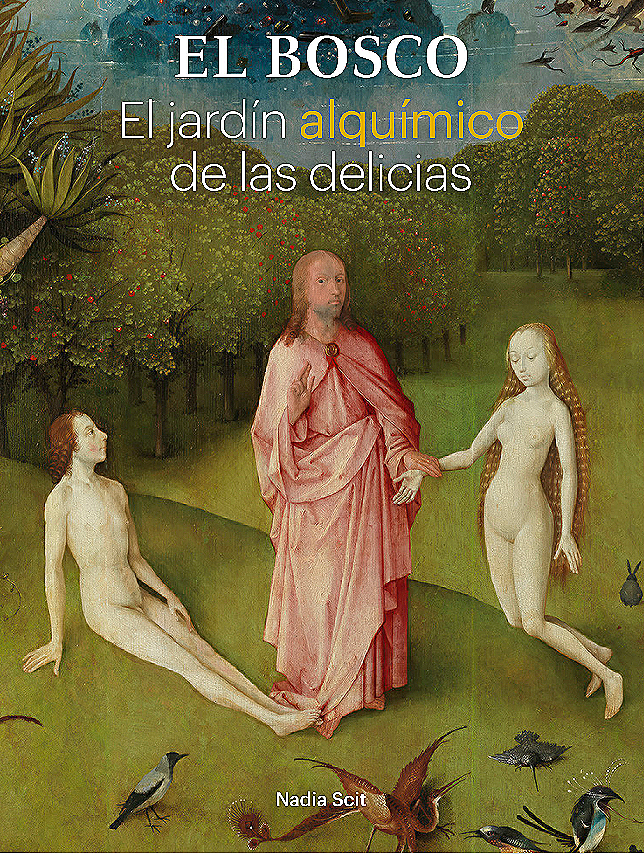Nadia Scit. El Bosco. El jardín alquímico de las delicias
By María Caucel I 28 OCT 2025
Some paintings announce a mystery simply because they stop those who wander through the museum or art gallery. Whoever attends will be invited to decipher a possible message that lies in how the author articulates the elements or characters of his work.
Perhaps Nadia Scit, the pseudonym of landscape architect and writer Manuel Gómez Anuarbe, has wandered through the Museo del Prado on numerous occasions, and has also stopped in front of Bosch's The Garden of Earthly Delights just as many times, each time as if it were the first time the painting had caught his attention. It is plausible.
It is no less true that neither Gómez Anuarbe nor the author of this text, writing under a heteronym, ever really knew —when looking at the painting— what Bosch is telling us: Nadia Scit. In this sense, Panoksky said of him that he was a distant and inaccessible artist. Thus, if everything in The Garden of Earthly Delights is allegorical, remote and hermetic, it is necessary to continue interpreting it.
This is precisely what Manuel Gómez Anuarbe en El Bosco. El jardín alquímico de las delicias (Bosch. The Alchemical Garden of Earthly Delights), published by El Viso: a detailed analysis of each scene in the famous triptych, based on the premise that the Flemish painter was inspired by the general principles of alchemy.
Bosch would have had in mind, in his visual thinking, the seven stages of alchemy: calcination, disintegration, conjunction, putrefaction, fermentation, distillation and coagulation; its colours: Nigredo or black, Albedo or white, Citrinitras or yellow and Rubedo or red; the process by which the volatile (mercury) is transformed and acquires the condition of permanent (sulphur) and vice versa; the tools used in alchemical laboratories: the athanor or egg-shaped flasks; or the geometry and magic of the universe; among other alchemical ingredients.
To understand the painting, Gómez Anuarbe suggests an interpretation based on the aforementioned general principles of alchemy; but it must be done by reversing the traditional order, based on the creation of the world according to the Bible (Eden - Variety of the World - Hell). That is: from right to left, or from darkness to light. This reading would complement the traditional one and shed light on the allegorical dimension of The Garden of Earthly Delights, revealing meanings hidden in the painting for more than five centuries.
In five hundred years, no one will really know how much Bosch told his contemporaries or us. Those who wander through the Museo del Prado —or wherever The Garden of Earthly Delights may be found— and pause before our admired triptych will be challenged to speculate on the possible message that Manuel Gómez Anuarbe has sought to understand in the pages of his book.

